Jaguar E-Type Buyers Guide
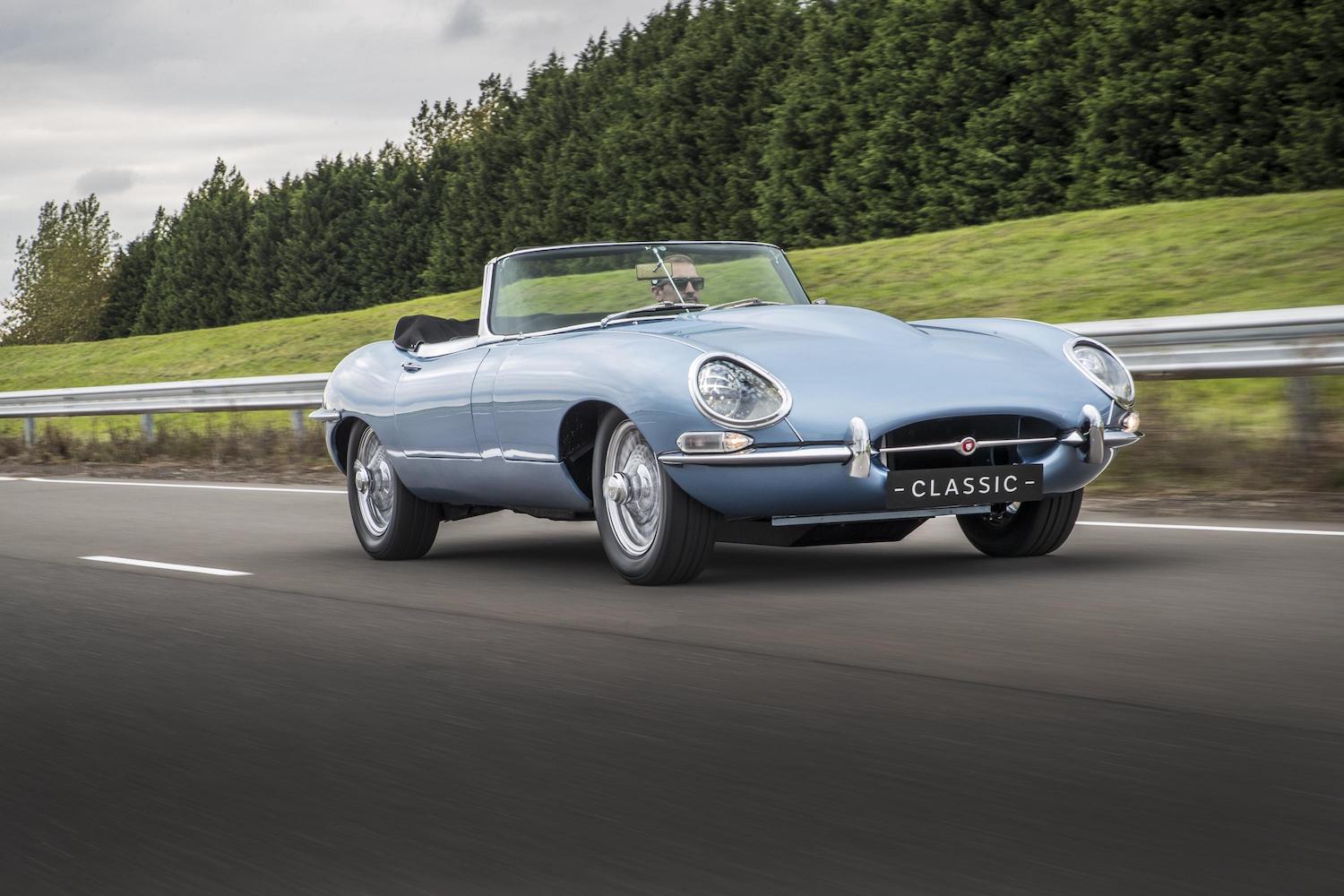
The Jaguar E-Type, also known as the XK-E, is not just a car but a significant piece of automotive history. Launched in 1961, it was instantly celebrated for its beauty, performance, and advanced engineering. This buyer’s guide will provide a comprehensive look at what to consider when purchasing a classic Jaguar E-Type, from model variations and condition assessments to market values and ownership realities.
Introduction to the Jaguar E-Type
The Jaguar E-Type for sale is a British sports car that blends aesthetic grace with engineering prowess. Enzo Ferrari himself called it “the most beautiful car ever made.” Available in several body styles including coupe (Fixed Head Coupe), convertible (Open Two Seater), and a less common ‘2+2’ version that offered a back seat, the E-Type combines high performance with luxurious features.
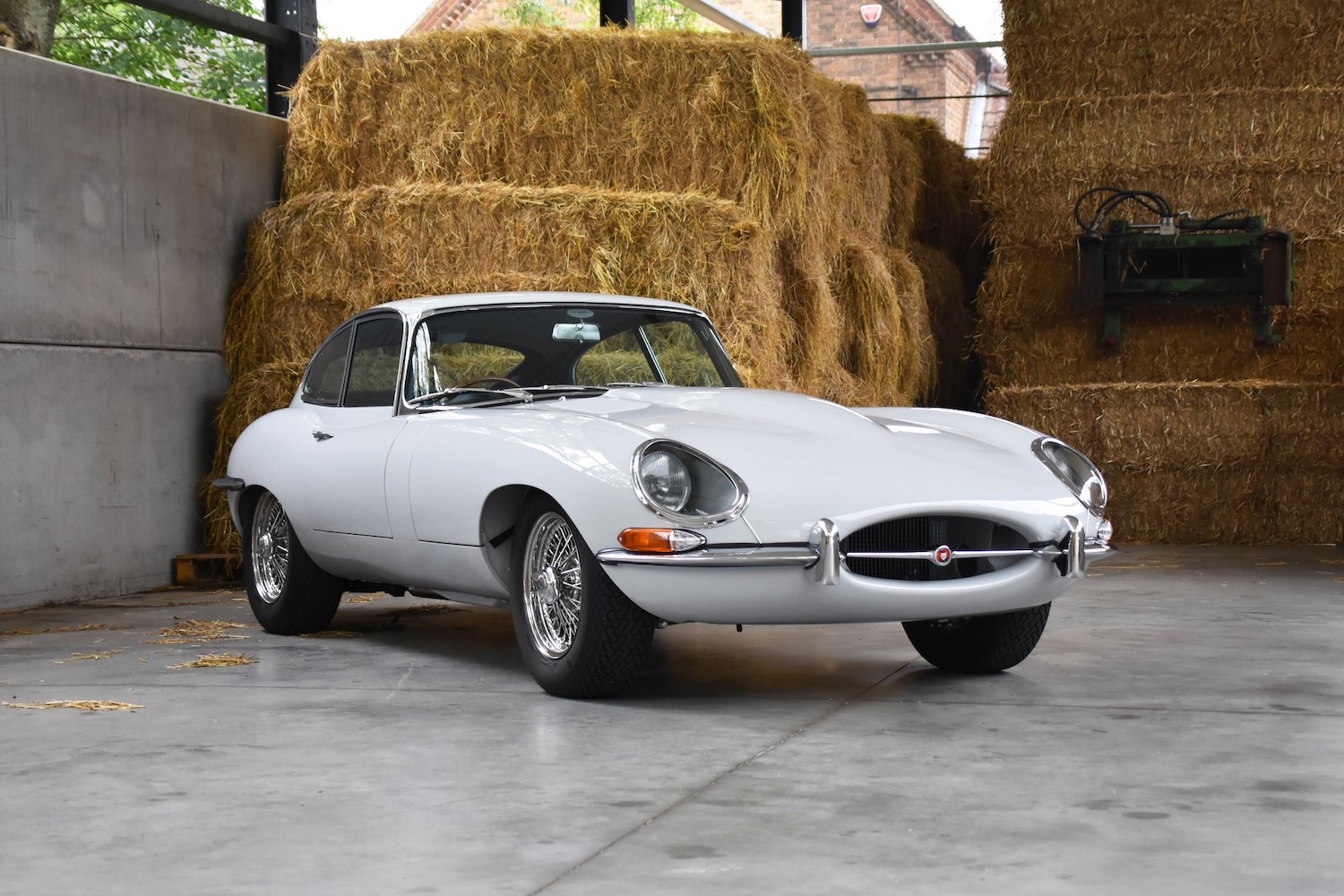
Model Variations
Series 1 (1961-1968)
The Series 1 is the most coveted E-Type model due to its clean lines, glass-covered headlights, and well-appointed interior. Engine options include a 3.8-liter or a 4.2-liter inline-six, both offering significant power and torque. The 4.2-liter models, introduced from October 1964, featured more comfortable seats, synchronized transmissions, and better brakes.
Series 2 (1969-1971)
Facing stricter safety and emissions standards, Series 2 cars include open headlights, a wrap-around rear bumper, larger front indicators, tail lights below the bumpers, and improved cooling. While these models are slightly less powerful, they are also considered more reliable and comfortable for everyday use.
Series 3 (1971-1975)
The Series 3 introduced a new 5.3-liter V12 engine, making it the most different in terms of performance and appearance. Notable features include a longer wheelbase, broader stance, larger grille, and optional automatic transmission. This model is especially suited for those who prefer a more grand tourer feel.
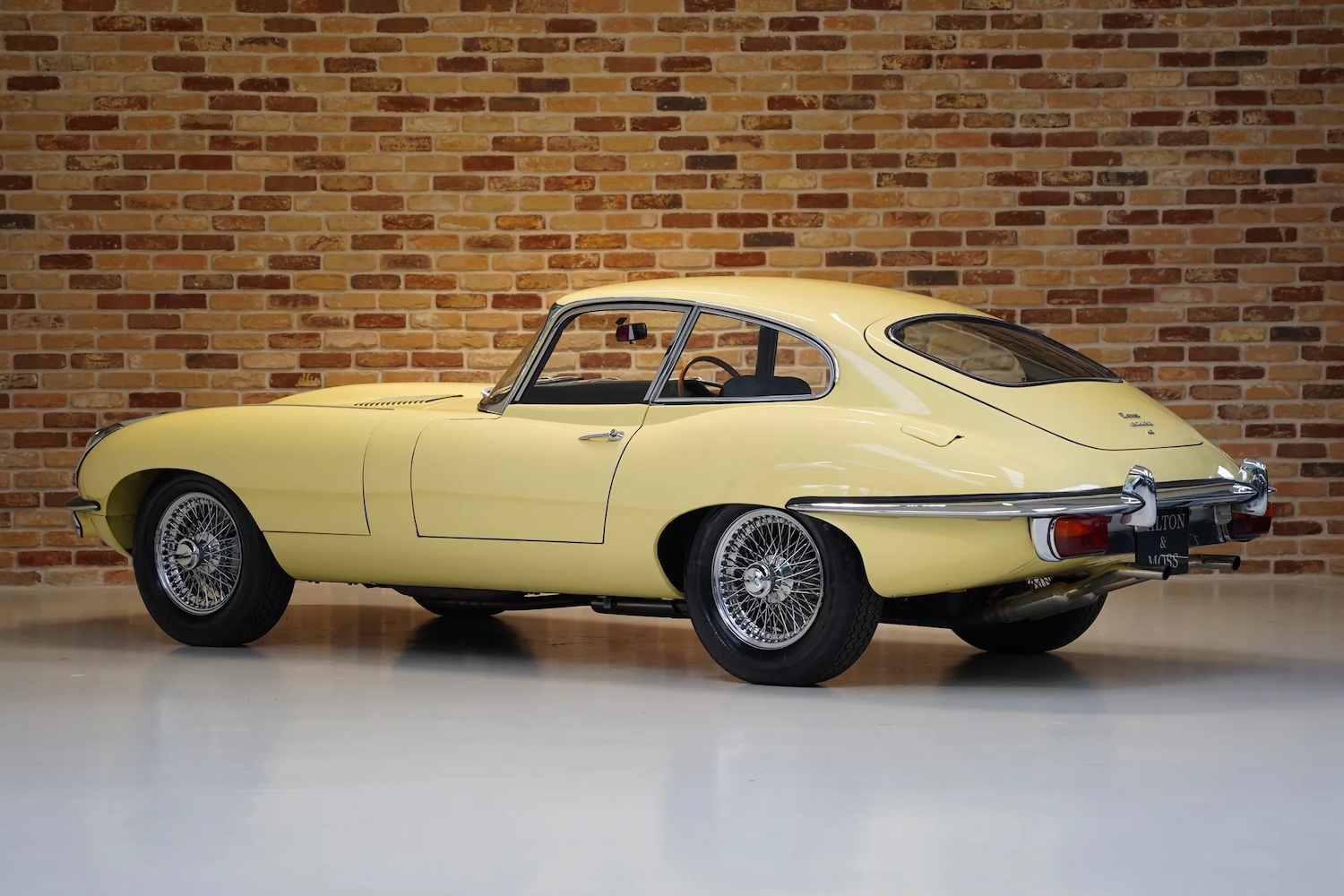
Key Purchase Considerations
Chassis & Bodywork
- Rust: The most significant issue with E-Types is rust. Key areas to check include the floor pans, boot floor, sills, and bulkheads.
- Accident Damage: As with any classic car, check for signs of accident damage. Misaligned panels or mismatched paint can be indicators of past repairs.
Engine & Transmission
- Originality: Matching numbers for the engine and gearbox are crucial for collector value.
- Condition: Look for signs of regular maintenance. Excessive oil leaks, smoking on startup, and strange noises can be signs of future costly repairs.
Electrical Systems
- The E-Type’s electrical systems are notoriously fickle, particularly the Series 1 and 2. Ensure all electrical components function correctly during your inspection.
Interior
- Originality and condition of the interior can also impact value significantly. Replacing worn-out interiors with quality materials is costly but can restore the car’s luxurious feel.
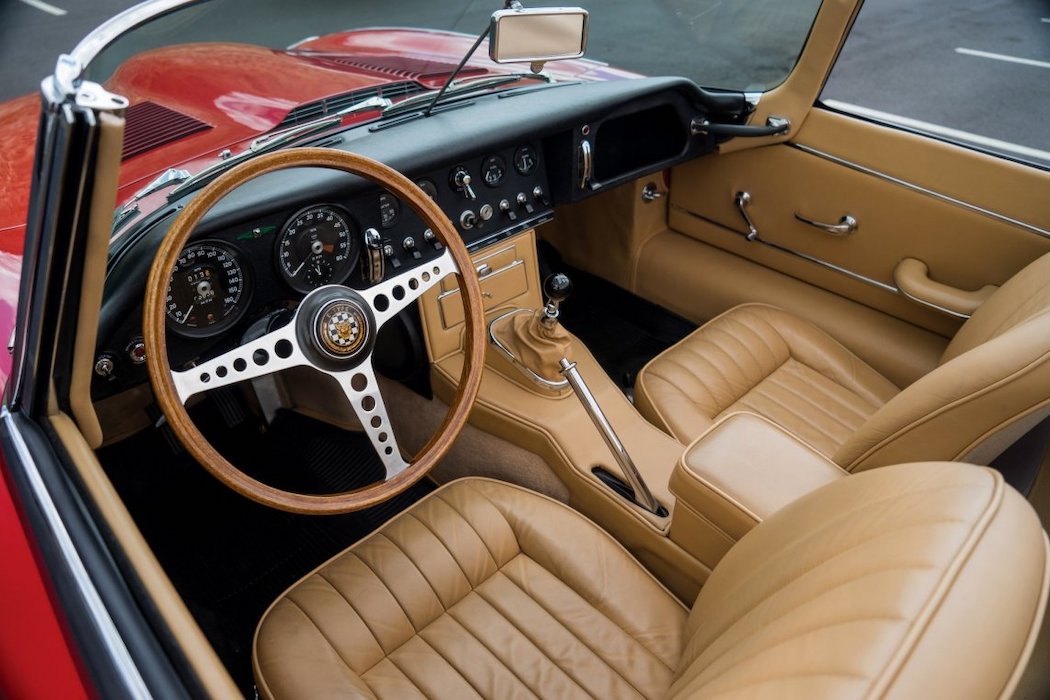
Market Values and Investing
The E-Type’s value varies widely based on its condition, originality, and model type. Series 1 cars are typically the most valuable, with pristine examples fetching upward of $300,000. Series 2 and 3 models, while generally less expensive, can still command hefty prices if well-maintained.
Purchasing a project car might be tempting due to a lower initial investment, but restoration costs can quickly spiral. Always have a realistic budget and consider ongoing maintenance and storage costs.
Ownership Realities
Owning an E-Type is about embracing the quirks of vintage car ownership. Regular maintenance is a must, including tasks not common in modern vehicles, such as adjusting carburetors and changing points. It’s also wise to develop a relationship with a specialist mechanic who understands classic Jaguars.
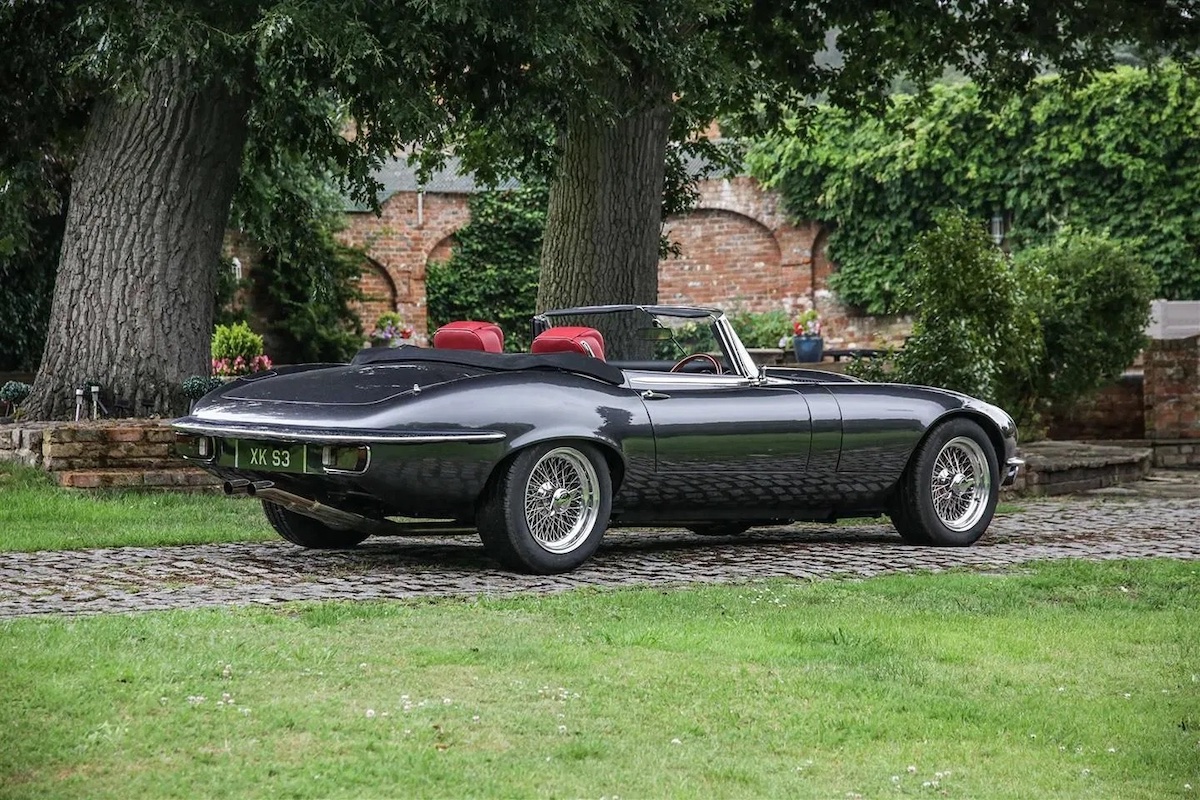
Inspection and Purchase
- Pre-Purchase Inspection (PPI): Always have a thorough PPI done by a reputable specialist. This inspection should cover mechanical, electrical, and structural aspects of the car.
- Documentation: Review all available documentation, including service records and previous ownership history, to ensure the car’s provenance and maintenance history.
Conclusion
The Jaguar E-Type is more than just a mode of transportation; it’s an investment and a treasure that offers an incomparable driving experience. Whether you’re in it for the beauty, the performance, or the potential financial return, understanding the nuances of each model year and maintaining vigilant upkeep will ensure your E-Type remains a joyous acquisition for years to come.
Choosing the right E-Type is crucial: prioritize condition and originality over cheaper upfront costs to ensure you not only enjoy your purchase but also potentially reap the benefits of appreciation in value.
